Why Won't Your Cat Drink Water From Her Bowl? (Find Out!)
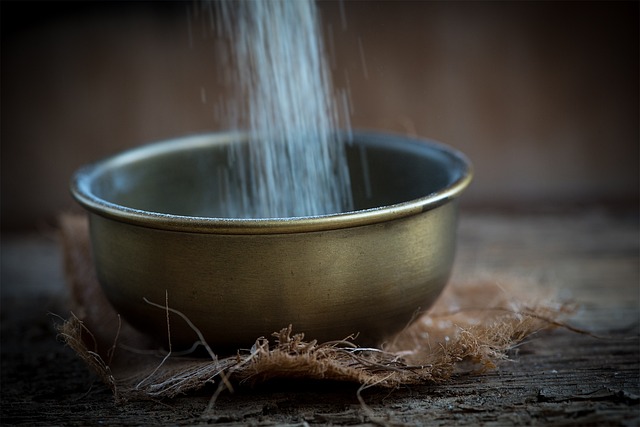
Do you taste that?
The bitter frustration as you watch your cat turn up her nose at the bowl of water you painstakingly set out for her. 😿
It's like pouring your heart into a recipe only to have it rejected.
But fear not, my friend.
Keep reading and let's uncover why your furry little diva won't drink from her bowl.
Possible Reasons Why Your Cat Won't Drink Water from Her Bowl
There are several possible reasons why your cat won't drink water from her bowl.
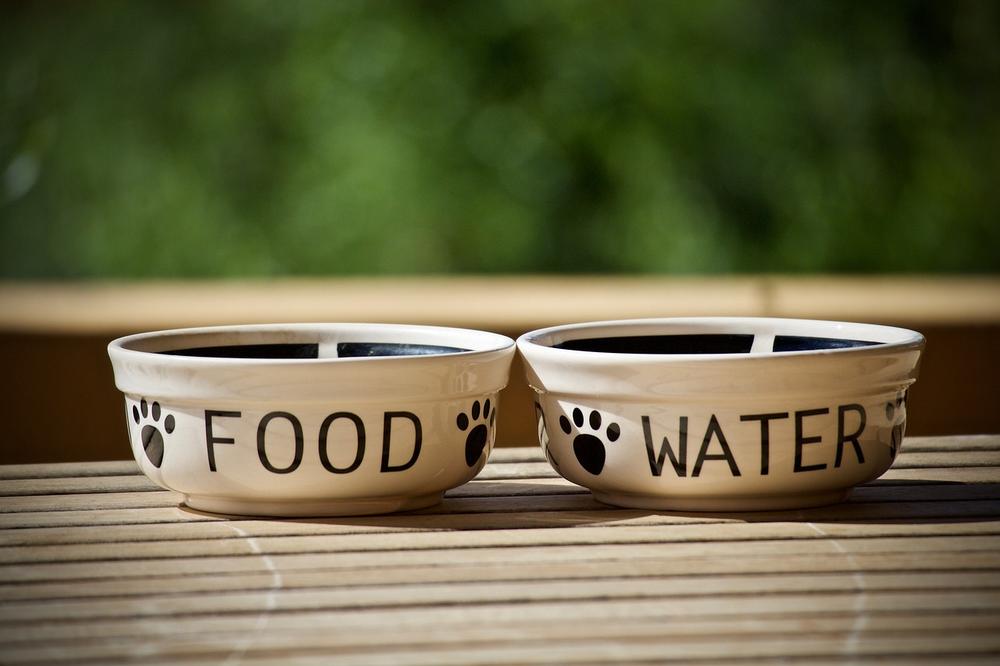
Here are 10 potential explanations:
- The shape or design of the bowl may be unappealing to your cat.
- A deep and narrow bowl might make it difficult for your cat to drink comfortably.
- On the other hand, a wide bowl might overwhelm your cat.
- Cats with poor depth perception may struggle to see where the water begins in their bowl.
- Some cats have specific preferences for certain types of bowls.
- Certain locations, such as corners or against walls, may make your cat feel unsafe while drinking.
- Ancestral habits may influence your cat's preference for drinking from food bowls.
- Whisker sensitivity could affect your cat's choice of water receptacle.
- Material preference, like ceramic or stainless steel, might play a role.
- Cats may instinctively bypass their bowls due to their ancestors' behavior.
In order to encourage your cat to drink water, consider these suggestions and find what works best for your feline friend.
However, you must recognize that a cat's refusal to drink water from her bowl may also be an indication of underlying medical issues...
Signs to Look Out for If Your Cat Isn't Drinking Enough Water
Litter box issues in cats can be signs of medical conditions.
One potential cause is inadequate water intake, which is crucial for cat hydration.
Since cats are mostly made up of water, you need to make sure they stay hydrated for proper organ function and toxin elimination.
The necessary water amount depends on a cat's size and diet.
Dehydration signs include increased heart rate, skin tenting, decreased appetite, or lethargy.
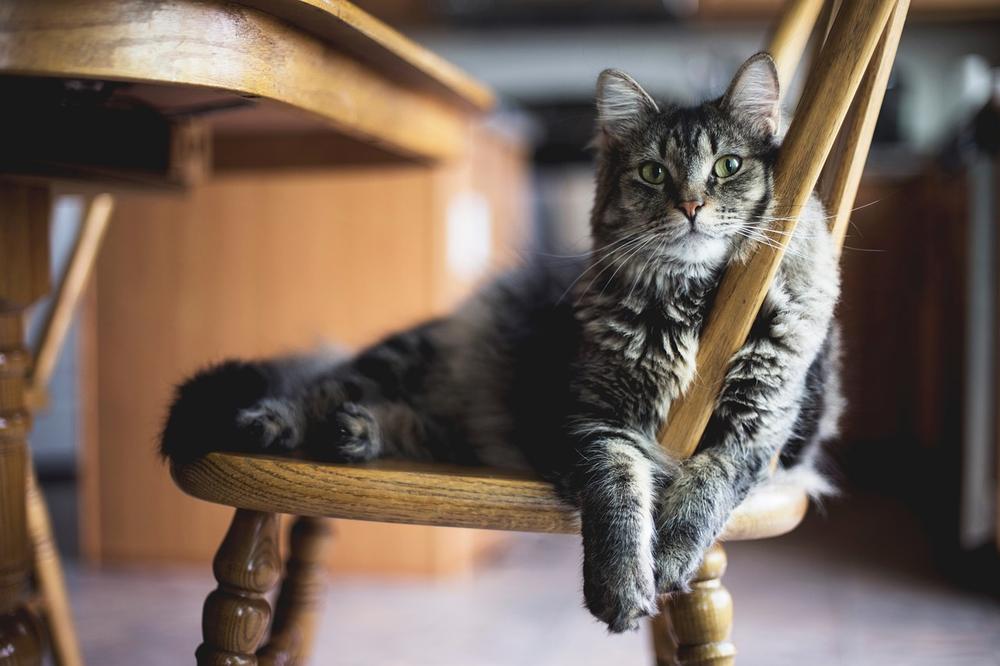
However, excessive water consumption could indicate health problems like kidney disease, diabetes, hyperthyroidism, or urinary tract infection.
By monitoring your cat's water intake, you can identify abnormal drinking patterns and address potential health concerns.
And if you've noticed any unusual signs of dehydration or excessive water consumption in your cat, I want to assure you that there are solutions available.
That's why I recommend checking out my blog post on Why Is My Cats Nose Crusty and Black.
In this guide, I dive deep into the possible reasons and remedies for this issue, providing valuable insights that will help you address your concerns.
Don't worry, I've got your back!
Common Solutions for Encouraging Your Cat to Drink Water from Her Bowl
Use a shallow dish or wide saucer for your cat's water bowl
Cats can be picky. They don't like their whiskers touching the sides of a deep or narrow water bowl.
So, make it easier for them by using a shallow dish or wide saucer. Your furry friend will appreciate it and enjoy drinking without any discomfort.
Consider a circulating water fountain for your cat's hydration
Cats love movement.
A stagnant water bowl doesn't excite them much. Instead, give them something more appealing - a circulating water fountain!
Not only will it catch their attention, but the flowing water will also encourage them to drink more.
It's like having a mini water park for your cat right at home!
Provide rewards and positive reinforcement for drinking from the water bowl
Sometimes, cats need a little motivation. If your cat isn't enthusiastic about drinking from her bowl, offer her rewards and praise when she does.
Show her that drinking water is a good thing, and she'll be more inclined to do it regularly.
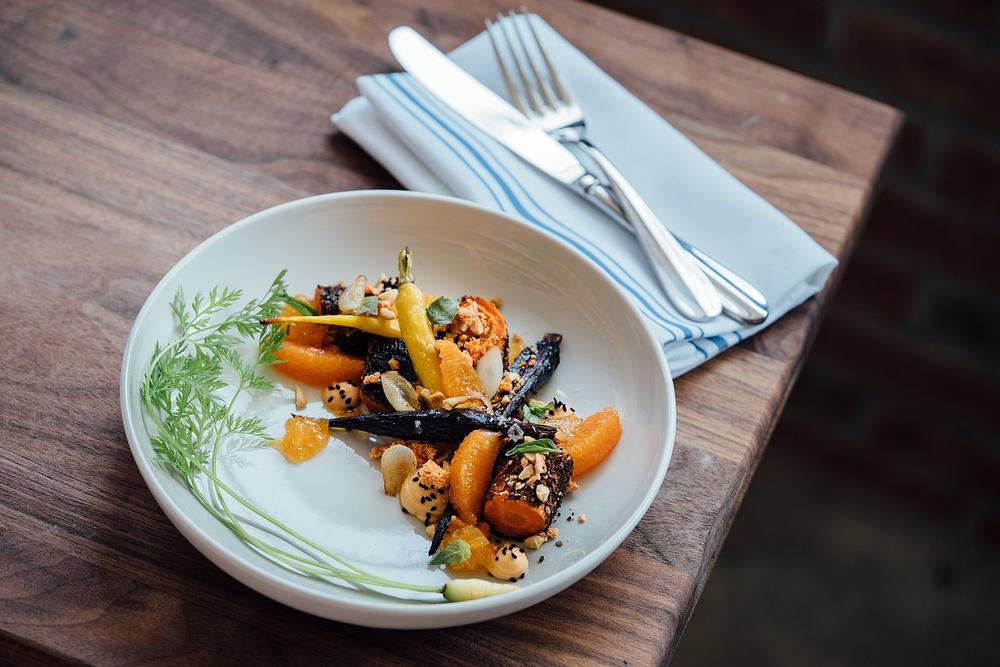
And don't you forget, always keep the water bowl clean and fresh. Cats appreciate cleanliness as much as you do.
So, make sure to change the water and clean the bowl regularly.
Your cat will thank you for going the extra mile.
That's all for now!
Keep these tips in mind, and watch your cat stay hydrated and happy.
And now, let's explore some additional factors that may influence your cat's water drinking habits.
I've gathered some interesting observations and suggestions to help you understand why your cat might be avoiding the water bowl!
Alternative Water Sources for Your Cat to Try
You have a lot of options when it comes to your cat's water source.
- If your cat doesn't like the taste or smell of tap water because of fluoride, you can give them bottled or filtered water instead.
- Some cats actually prefer drinking out of cups rather than regular water bowls.
- Cats love running water because it moves and makes noise, plus it's easier for them to find.
- Cats often choose separate rooms for their water bowls, possibly because they don't want the smell of food around their water.
Pay attention to what your cat likes and how they behave to figure out the best water source for them.
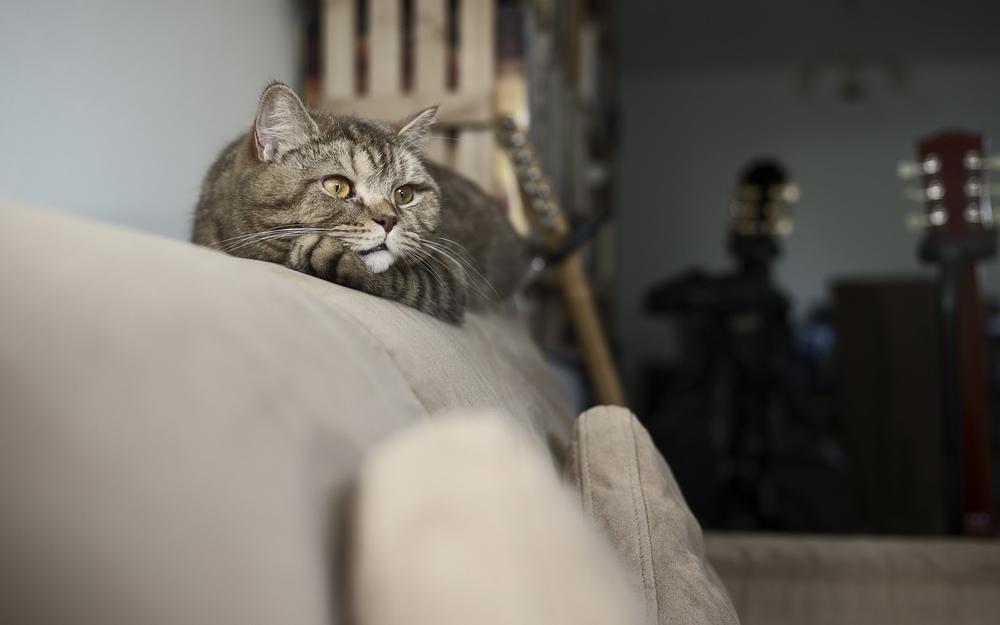
After all, keeping your cat hydrated is crucial for their in essence health and well-being.
Encouraging Hydration: Bowl or Beyond?
Key Takeaways:
- Cats may struggle to perceive the water in their bowls due to poor depth perception.
- Picky cats may only drink from specific types of bowls.
- Cats may find certain locations unsafe to drink from, such as corners or against walls.
- Some cats may prefer to drink from their food bowls due to ancestral habits.
- Whisker sensitivity or material preference can influence a cat's choice of water bowl.
- Cats may not drink from their bowls due to their ancestors' hunting habits.
- Cats may prefer fresh, clean, aerated water over stale water.
- Lack of water intake can be a sign of a medical condition.
- Proper hydration is crucial for organ function and toxin flushing.
- Dehydration can be indicated by elevated heart rate, skin tenting, decreased appetite, or lethargy.
- Excessive water drinking could indicate underlying health issues.
- Whisker sensitivity can discourage cats from drinking from certain bowls.
- Placing water bowls too close to food may discourage cats from drinking.
- Providing rewards and positive reinforcement can encourage cats to drink water.
- Overfeeding treats can lead to weight gain and begging behaviors.
And that wraps up today's article.
Before you leave, can I ask you something? Did my blog post help you out? If it did, I'd be incredibly grateful if you could share it with your loved ones. Just a simple click on any of the social media sharing icons and you're done! Thank you so much!
Talk soon,
-Sarah Davis